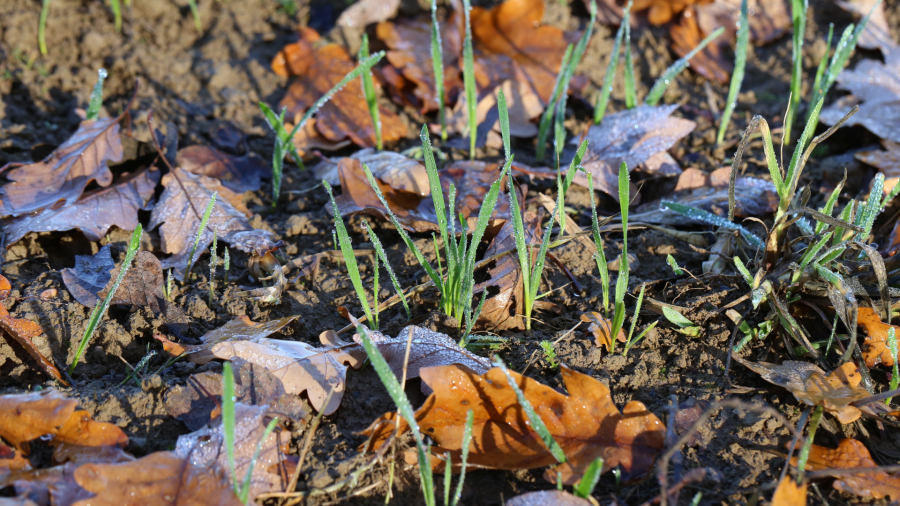Recent wet weather has left many growers considering when or whether to pull the plug on winter-sown cereals due to waterlogged soils, claim experts.
And although winter wheat can be drilled until January, if left too late, can result in reduced germination and plant populations due to a lack of warmth and optimal moisture levels for establishment.
Timac Agro UK’s Adam Bartowski says growers are already facing major challenges with waterlogged soils. “We’re at a critical point this growing season, with many farmers deciding whether it’s worth proceeding with late drilling of winter wheat in oversaturated soils or delaying until spring,” he says.
“If crops are drilled after November, the average establishment rates tend to fall below 50%. The AHDB wheat growth guide also indicates, between sowing and emergence, a total soil temperature of 150oC should be reached, which can take up to a month in crops later drilled into cold, wet soils.”
Stress response
Adam explains that excessively wet soils not only run the risk of hard freezing as temperatures drop, but they can also induce a stress response in plants. This leads to elevated ethylene levels from poor ventilation, causing crops to mature too early or shut down entirely.
“If growers are still looking to capitalise from winter wheat, the best approach to encourage establishment is to combine increasing seed rates with applying a soil conditioner or starter fertiliser,” he says.
“For example, Physiostart is a microgranular starter fertiliser which can be added with the seed at drilling. It contains phosphorous and zinc to stimulate germination, early root growth and nutrient uptake where there’s been less natural microbial activity to provide soil nutrition.”
Seedbed preparation
For those without the specialist equipment required for this, Adam says another option is to apply a soil conditioner in preparing the seedbed just before drilling.
“I’d therefore recommend a soil conditioner, such as Physiolith Bio, which can help neutralise acidity when applied at suboptimal pH levels, which can be an issue in prolonged wet soils, particularly those that have had manure applied,” he explains.
According to Adam, these solutions will give late-drilled cereals the best chance of survival over winter, mitigating the adverse effects of prolonged rainfall this autumn.




